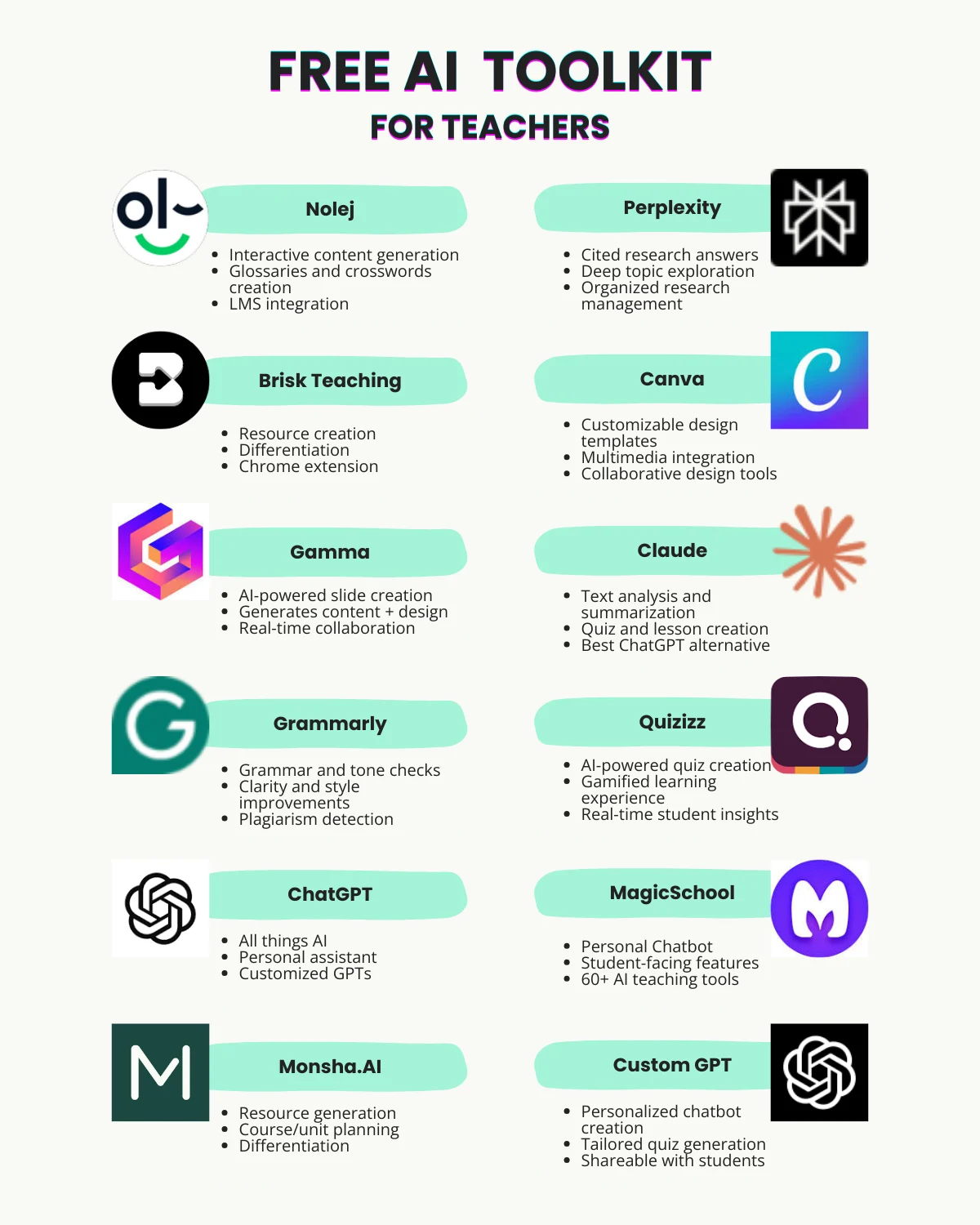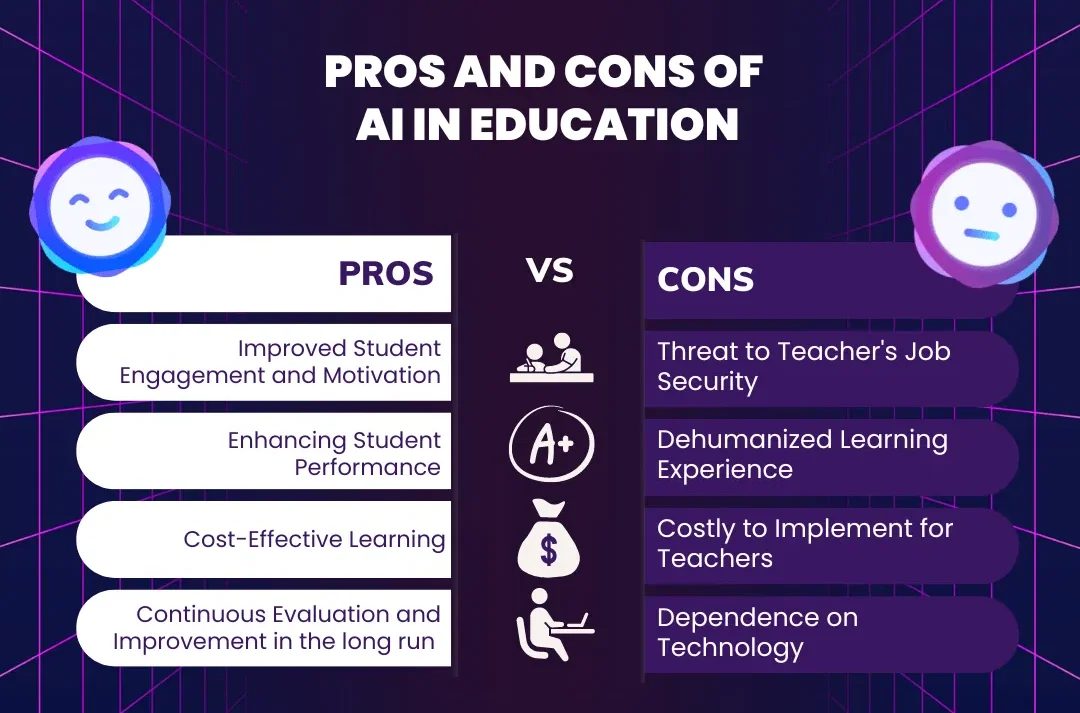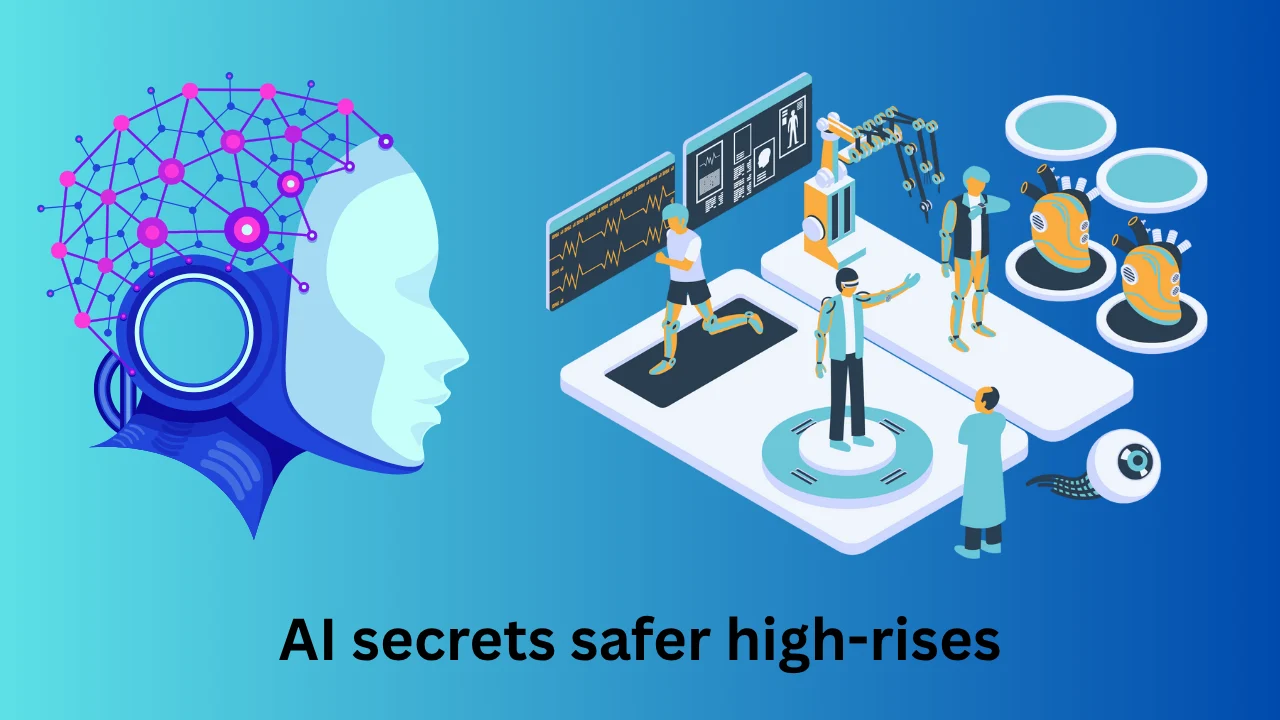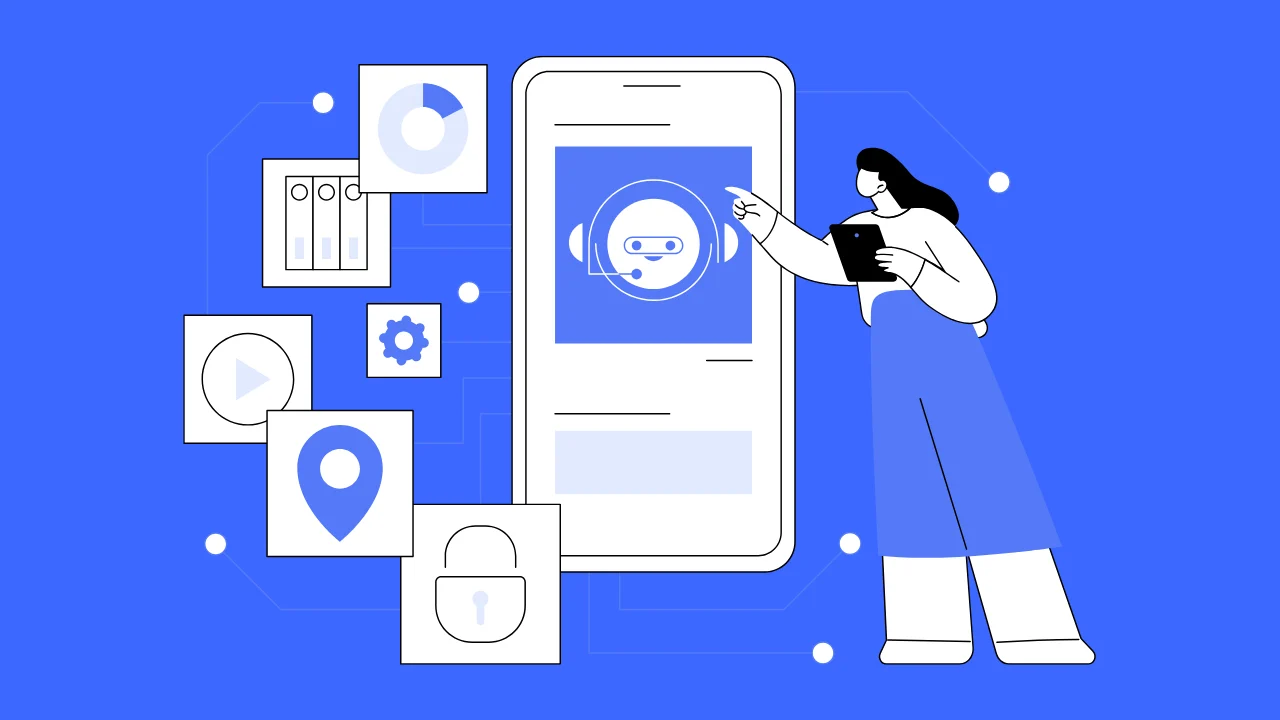Artificial intelligence (AI) is sweeping through education like a tidal wave, reshaping how teachers approach their craft and how students engage with learning. The phrase “AI changing teaching” isn’t just a buzzword—it’s a reality that’s unfolding right now. For educators, this transformation is both thrilling and daunting, especially when it comes to professional development. Teachers are no longer just imparters of knowledge; they’re becoming navigators in a tech-driven world. This article dives into three critical insights about how AI is revolutionizing teaching, offering a roadmap for educators to adapt and thrive in this new era.
Insight 1 – AI Is Revolutionizing Personalized Learning
How AI Tailors Learning Experiences
Imagine a classroom where every student gets a lesson plan designed just for them. That’s the power of AI changing teaching. Tools like DreamBox and Smart Tutor use algorithms to analyze a student’s strengths, weaknesses, and pace, delivering customized content in real-time. Struggling with fractions? AI adjusts the difficulty. Excelling in reading? It ramps up the challenge. This personalization ensures no one falls through the cracks, making learning more effective and engaging.
AI enables the creation of customized one-to-one learning plans for every lesson across all subjects—a feat that would be impossible in traditional classrooms.” – Forbes
Teachers as Guides in AI-Driven Classrooms
AI might handle the heavy lifting of personalization, but teachers remain the heart of the classroom. Their role shifts from lecturer to mentor, guiding students through AI-crafted learning paths. This change lets educators focus on what machines can’t do—nurturing creativity, fostering collaboration, and building emotional connections. It’s a partnership where AI enhances teaching insights, not replaces them.
Challenges of Personalized AI Tools
Personalization sounds great, but it’s not all smooth sailing. Many schools lack the tech—think outdated computers or spotty Wi-Fi—to make AI work. Plus, some teachers feel overwhelmed by the shift, unsure how to use these tools effectively. A recent study showed only 14% of educators feel confident with AI, pointing to a glaring gap in training.
Solutions for Seamless AI Integration
The fix? Investment in infrastructure and professional development. Schools need reliable tech, and teachers need hands-on training to master tools like Curipod or Eduaide.Ai. Partnerships with edtech companies can also tailor solutions to real classroom needs, ensuring AI becomes a help, not a hurdle.
Insight 2 – AI Is Enhancing Teacher Efficiency
Automating the Mundane
Teachers are buried under paperwork—grading, attendance, scheduling. AI is changing teaching by taking these tasks off their plates. Tools like Gradescope can grade assignments in seconds, while MagicSchool whips up lesson plans in minutes. This time-saving boost cuts burnout and lets teachers focus on what matters: their students.
AI is poised to revolutionize the way we teach by introducing innovative approaches that enhance educational outcomes.” – eSchool News
AI Tools for Planning and Grading

Lesson planning and grading are getting an AI makeover. Platforms like Curipod generate interactive lessons with polls and quizzes, while Eduaide.Ai offers over 100 resource types for teachers to mix and match. Grading tools analyze student work and provide detailed feedback, a game-changer for large classes or complex assignments.
Top AI Tools for Teachers
Here’s a snapshot of AI tools making waves in education:
| Tool | Function | Benefit |
|---|---|---|
| ChatGPT | Generates ideas and answers | Sparks creativity, saves time |
| MagicSchool | Builds custom lesson plans | Simplifies planning |
| Gradescope | Automates grading | Speeds up feedback |
| Curipod | Creates interactive lessons | Boosts student engagement |
Balancing Tech and Touch
Efficiency is key, but human connection can’t be sidelined. Teachers must ensure AI complements—not overshadows—the personal interactions that define education. Using AI for grading? Great. But follow it up with a one-on-one chat to dive deeper into a student’s needs.
Insight 3 – AI Is Shaping Professional Development
Personalized Learning for Teachers
Just as AI tailors student experiences, it’s customizing teacher training. Platforms like Coursera use AI to suggest courses based on an educator’s goals—say, mastering AI impact on education or refining classroom strategies. This targeted approach keeps teachers sharp and relevant.
Why AI Literacy Matters
AI isn’t optional anymore—it’s a must-know. Teachers need to grasp how it works, its limits, and its potential to enhance teaching insights. UNESCO stresses that educators should “understand the potential as well as risks of AI” to use it responsibly. Without this literacy, they risk falling behind.
Teachers need to raise their awareness of available AI technologies and develop AI literacy skills to purposefully select AI tools to align with instructional goals.” – ScienceDirect
Ethical Dilemmas in AI Use
AI brings ethical baggage—think data privacy or biased algorithms. Teachers must learn to protect student info and spot when AI might unfairly judge a student’s work. Training on these issues ensures AI is a force for good, not harm.
Preparing for Tomorrow
Professional development isn’t a one-off; it’s ongoing. Workshops, online courses, and peer networks can help teachers master AI integration. Policymakers should also step up, ensuring equitable access to training and tools so every educator can adapt.
Challenges of AI in Education

Tech and Infrastructure Hurdles
AI’s promise hits a wall when schools lack the basics—fast internet, modern devices. Rural or underfunded districts often miss out, widening the equity gap. Fixing this starts with funding and commitment to universal access.
Privacy and Ethical Concerns
AI thrives on data, but that raises red flags. Who’s protecting student info? Could AI reinforce biases? Schools need strict policies to comply with laws like GDPR and train teachers to handle these risks.
Tackling AI Bias
AI can mirror society’s flaws. If trained on biased data, it might misjudge students—say, penalizing non-native speakers in writing tasks. Educators must monitor outputs and push for fairer systems.
Equity in Access
Not every school can afford AI tools, leaving some students at a disadvantage. Bridging this divide requires collaboration between governments, schools, and tech providers to make AI a universal benefit.
How AI Works in Education
Adaptive Learning Systems
Adaptive platforms like Knewton Alta adjust lessons on the fly, responding to a student’s progress. Struggling with algebra? It slows down. Mastering it? It moves ahead. This real-time tweak keeps learning on track.
Analytics for Performance
AI crunches numbers to give teachers a clear picture of student performance. Tools like Carnegie Learning’s MATHia track engagement and pinpoint trouble spots, helping educators intervene early and effectively.
Real-Time Feedback Loops
Instant feedback is an AI superpower. Students get corrections as they work, while teachers see live insights—like which topics stump the class. It’s a dynamic way to keep everyone in sync.
AI in Curriculum Creation
Designing a curriculum? AI’s got your back. Input a topic into Curipod, and it spits out a full lesson with activities and resources. It’s like having a co-teacher who never sleeps.
Teacher Adaptation to AI
Building AI Skills
Teacher adaptation starts with skills. Learning to use AI tools, read data, and weave tech into lessons is non-negotiable. Training programs should offer practical, hands-on experience.
Collaborating with AI
AI can connect classrooms worldwide. Translation tools break language barriers, and AI-suggested projects foster teamwork. It’s a new layer of collaboration that enriches learning.
Success Stories
Real-world wins prove AI’s worth. A Texas school saw test scores soar with personalized AI plans. In Hong Kong, AI chatbots support students 24/7, easing teacher workloads.
Overcoming Pushback
Some teachers fear AI will steal their jobs. Schools can counter this by showing AI as a partner, not a replacement, and sharing success stories to build confidence.
The Future of AI in Teaching
What’s Next for AI
Experts see AI crafting fully personalized curriculums and closing educational gaps. Imagine a world where every student’s path is unique, powered by tech accessible to all.
Readying for Change
Teachers must stay curious, embracing lifelong learning to keep pace with AI. Schools should encourage experimentation and knowledge-sharing to build a forward-thinking culture.
Lifelong Learning Ahead
Adaptation isn’t static. As AI evolves, so must educators—learning its quirks, ethics, and possibilities. Those who do will lead the charge in this revolution.
Policy’s Role
Policymakers must guide AI’s growth, setting rules for privacy, fairness, and access. A united effort ensures AI lifts everyone, not just the privileged few.
Conclusion
AI changing teaching isn’t a maybe—it’s happening now, and it’s unstoppable. From personalized learning to streamlined workloads and redefined professional development, these three insights show its power and promise. Challenges like equity and ethics loom large, but with smart training and policies, teachers can harness AI to elevate education. Looking ahead, the future is bright: AI won’t replace educators but will empower them to inspire like never before. The question isn’t if AI will shape teaching—it’s how we’ll shape it back.
FAQs
How is AI currently used in classrooms?
AI powers personalized learning, automates grading, and provides analytics on student progress. Tools like ChatGPT and Gradescope are already staples in many schools.
What challenges do teachers face with AI?
Tech limitations, privacy worries, and a lack of training top the list. Many educators need support to feel comfortable with AI.
How can teachers prepare for AI integration?
Start with training—workshops, online courses, and experimenting with tools like MagicSchool. Collaboration with peers helps, too.
Will AI replace teachers?
Not likely. AI handles tasks, but teachers bring the human touch—empathy, inspiration—that tech can’t mimic.
What ethical issues should teachers watch for?
Data privacy, bias in AI outputs, and over-reliance on tech are key. Educators must use AI thoughtfully to keep it fair and safe.






